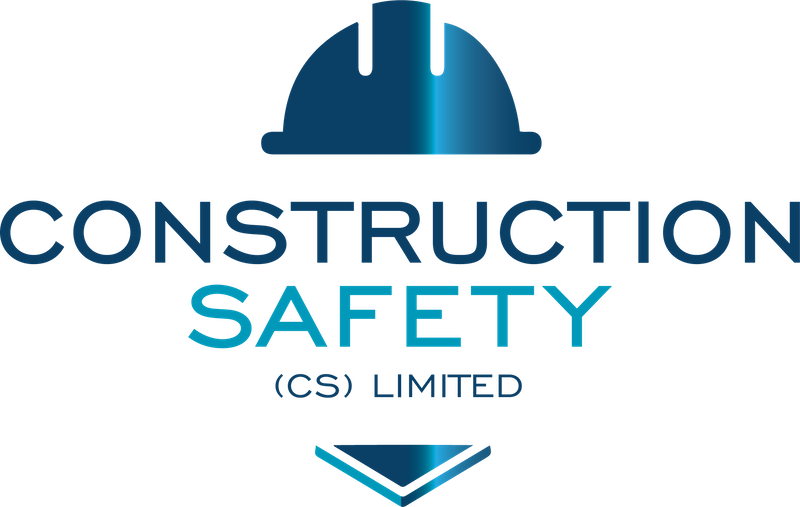Mobile Tower Death
Death from Fall from Mobile Tower
On 15 January 2022 at Cambridge Magistrates’ Court, a building company was fined £16,000 after pleading guilty to breaching regulation 8 (a) of the Work at Height Regulations 2005, following an incident that saw one of its workers fall from height and subsequently die.
The fine was the culmination of four years of investigations and legal proceedings. £16,000 might seem like a rather small penalty following an occupational fatality, but this particular incident was more complex than first imagined.
The original incident occurred on 15 September 2017, when workers for the builders were levelling a steel beam that was going on top of a standard-height door lintel. A low-level mobile tower with its decks set three rungs up – somewhere in the region of five to six feet from floor level was used for access – and a crowbar was used to manoeuvre the steel beam to place a sim in.
The employee snagged his sleeve on the top of the tower which caused him to lose balance. The mobile tower only had one guard rail, so in the absence of a second guard rail, he went over the side and fell down to the ground. He was then taken to Hospital to receive treatment.
The incident was reported to the HSE under the RIDDOR Regulations. At the time, the extent of injuries needed hospital attention but were not major. The IP was hospitalised for six weeks and then returned home. Unfortunately he was readmitted to hospital with abdominal pain and infection. He later developed a blood clot that led to his death.
The HSE were notified of the death by a 3rd party and the building company also reported the injury as a death.
The timescale of investigation and prosecution was hampered by COVID and the subsequent delay in the issue of the coroner’s report.
As the IP had, had a previous work-related injury, which affected his abdominal muscles and his liver, and therefore the internal injuries that arose from the fall affected him more than they might have affected others. It was only after the inquest when a clear link between the fall, the injury and the death, were made that a prosecution could continue.
The HSE investigation concluded that the company hadn’t chosen the correct access equipment right and what they had chosen they hadn’t used it properly.
’They were trying to use this mobile tower underneath some structural steel work and that meant that they couldn’t position the tower in the way that they wished to, and ultimately they ended up using it with just a single guard rail. These towers have screw-in casters, so they could have dropped the tower down, which would have allowed them to get the second guard rail in. The second option would have been to use some kind of prop to lift the steel work and place the shim in’
Because of its role in the death the company was prosecuted. Due to the company’s small size, the potential fine was set at a starting point of £30,000. However, this wasn’t a case of the IP being a faceless employee – the small family-owned nature of the company and the seriousness with which its management reacted to the incident, saw that fine being reduced significantly.
The HSE commented ‘The company took it very seriously and they regarded the gentleman who died as a family friend – that was very evident. I’m sure none of them will ever forget this sad situation,‘
’The key mitigation was that the business had been in operation for 25 years without any issue; we could not fault the company for their full support and cooperation with the investigation; and they even had the company director in court. That all saw the fine reduced by £6,000. Then they accepted responsibility and lodged a guilty plea at the very first hearing, which reduced the fine by a further third.
’So those were the reasons why we ended up with, on face value, not a very big fine. Although, it’s also worth noting that, in summing up, the district judge made it very clear that no fine could reflect what had happened to the IP’s family.’
